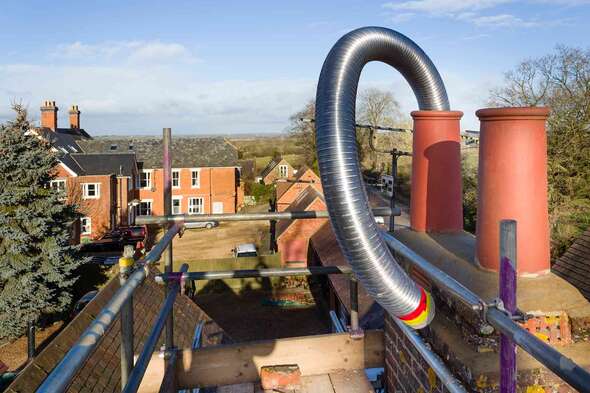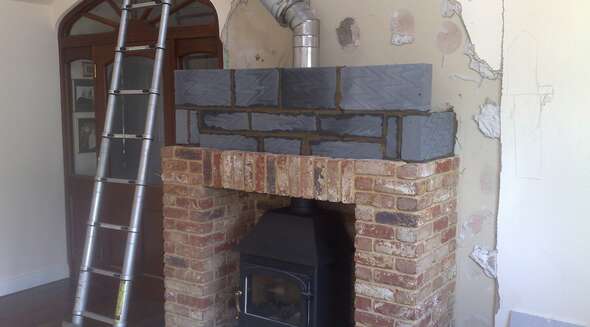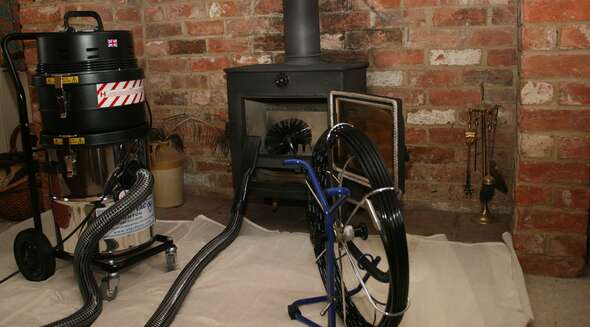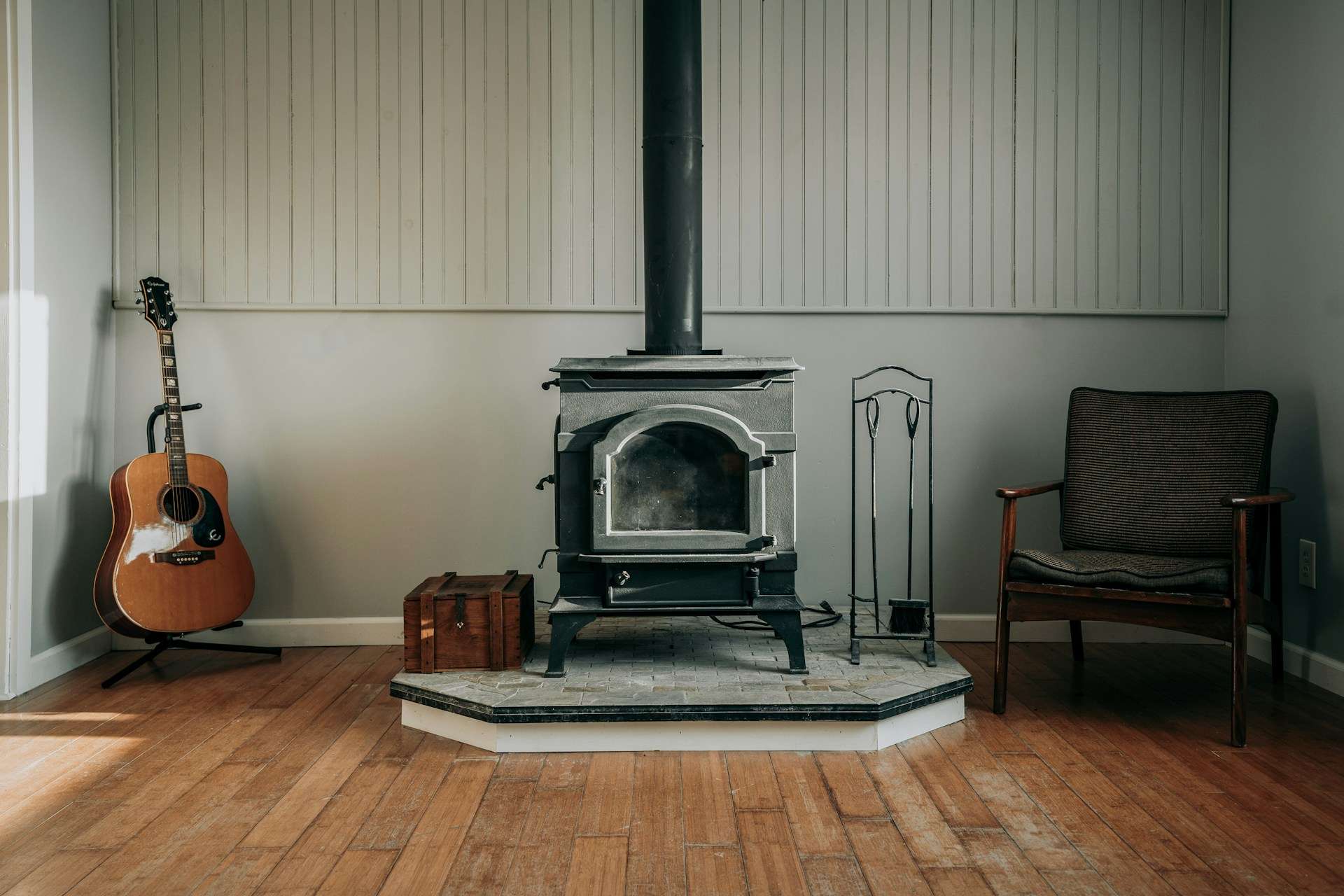Choosing between a multi-fuel stove and a wood-burning stove largely depends on your heating needs, fuel availability, and personal preferences. Wood-burning stoves, as their name suggests, are designed exclusively for burning wood. They are ideal for those who have a reliable supply of wood and wish to enjoy the unique ambiance that burning wood provides. Wood burners are often celebrated for their efficiency in burning renewable resources and their ability to create a cozy atmosphere with the visible flames and crackling sounds of burning wood.
On the other hand, multi-fuel stoves offer the flexibility of using various types of fuel, including wood, coal smokeless fuel blends. This versatility is particularly advantageous for users in areas where wood supply may be inconsistent or for those who wish to take advantage of the heating characteristics of different fuels. Multi-fuel stoves are designed with a riddling grate that allows for effective combustion of coal and other mineral fuels, making them a practical choice for homeowners seeking both convenience and efficiency.
When deciding on the installation of a multi-fuel stove or a wood-burning stove, consider factors such as fuel storage space, local fuel availability, maintenance requirements, and environmental impact. Ultimately, the choice should align with your lifestyle, heating needs, and aesthetic preferences to ensure a warm, inviting, and efficient home.


Smokeless burning is an increasingly popular choice for homeowners, especially in urban areas or smoke control zones where air quality regulations limit the emission of smoke from domestic heating sources. Smokeless fuels are designed to burn more cleanly than traditional coal or wood, producing less smoke and fewer particulate emissions. This makes them an environmentally friendly option that can help improve air quality and reduce the carbon footprint of home heating.
Using smokeless fuel in a multi-fuel stove can offer several benefits, including longer burning times, higher heat output, and reduced buildup of creosote and soot in the chimney, which can lower the risk of chimney fires and extend the lifespan of the stove and flue system. Smokeless fuels are suitable for use in both multi-fuel stoves and specific models of wood-burners designed for cleaner burning.
For homeowners in smoke control areas, selecting a stove that is capable of smokeless burning is not just a matter of environmental responsibility but also legal compliance. It is essential to choose fuels that are approved for use in these areas to enjoy the warmth and ambiance of a stove while adhering to regulations designed to protect public health and the environment.
The choice of fuel liner is crucial in maximising the safety, efficiency, and longevity of your stove and chimney system. The liner, typically made of stainless steel or ceramic, serves as a protective barrier inside the chimney, ensuring that the combustion gases are safely vented out of the home while improving the chimney's draft and efficiency.
When choosing a fuel liner, consider the type of stove (multi-fuel or wood-burning) and the fuels you plan to burn. Stainless steel liners are widely used for their durability and resistance to corrosion, making them suitable for both wood and multi-fuel stoves. However, the grade of stainless steel and the thickness of the liner should be appropriate for the specific fuels and temperatures it will encounter. For example, certain grades are better suited for acidic condensation produced by burning wood, while others are more resistant to the corrosive effects of coal.
Ceramic liners, though less common, offer excellent heat resistance and are ideal for high-temperature applications or where the chimney shape requires a custom-fit solution. Regardless of the material, it is essential to ensure that the liner is correctly sized and installed according to the stove manufacturer's recommendations and local building codes.











Professional staff supporting and guiding customers through the process of installing woodburning and multi-fuel stoves into their homes.

